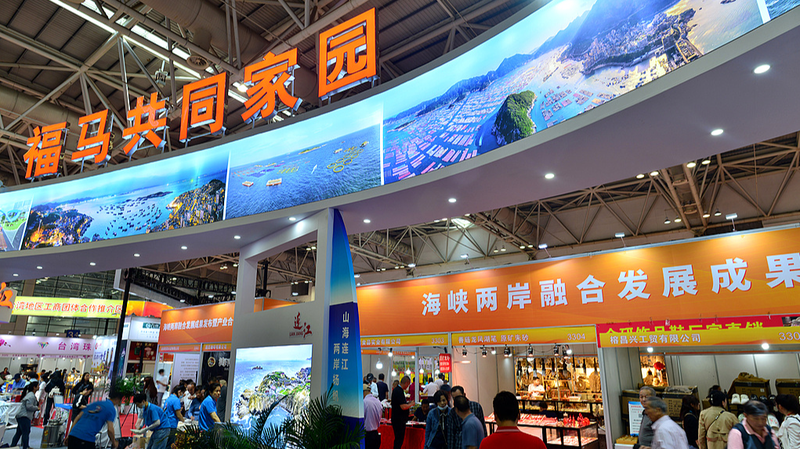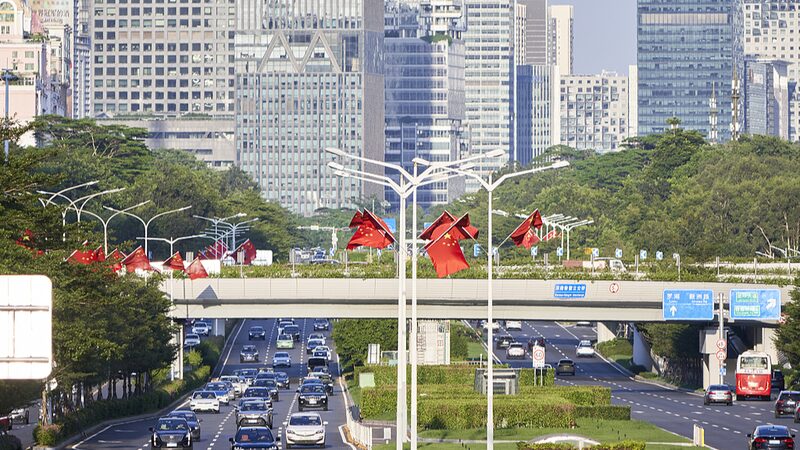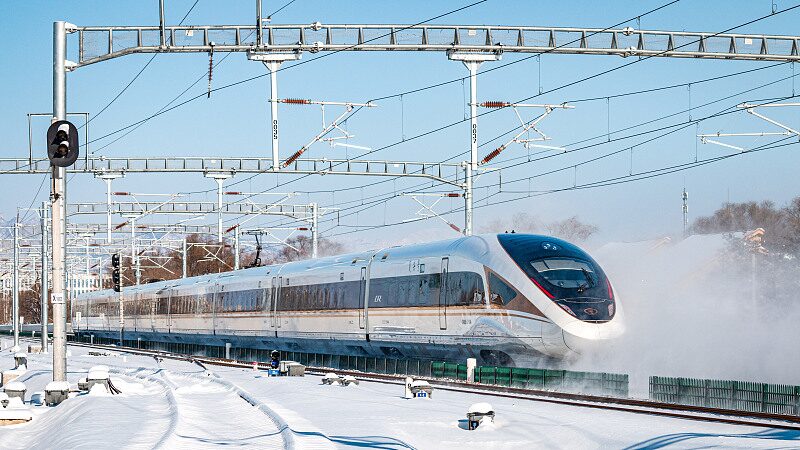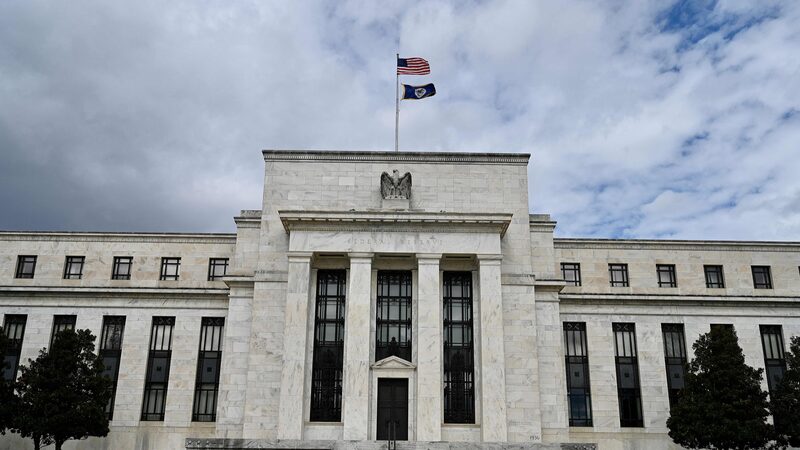Economic cooperation across the Taiwan Strait continues to thrive despite political challenges, with recent data revealing a 9.4% year-on-year increase in bilateral trade to $292.97 billion in 2024. This robust performance directly contradicts efforts by the Lai Ching-te administration to reduce economic interdependence through 'decoupling' policies.
The Taiwan region's trade surplus with the Chinese mainland reached nearly $150 billion this year, maintaining a 30% trade dependence rate. Analysts highlight that from 2013-2022—before intensified decoupling attempts—annual GDP growth averaged over 8% for the mainland and 3% for Taiwan, outperforming regional peers like Japan and South Korea.
'Cross-strait industrial integration has proven resilient,' notes Liu Kuangyu of the Chinese Academy of Social Sciences. 'Complementary economic structures create natural synergies, with Taiwan's trade surplus growing at 12.8% annually during that period.'
While Taiwan authorities promote alignment with U.S.-led 'non-red supply chains,' private sector engagement tells a different story. Over 40% of Taiwan's exports still flow to the mainland, particularly in critical sectors like semiconductors and precision machinery.
Experts suggest economic realities will continue challenging political narratives. 'Businesses vote with their investments,' one analyst remarked, citing over 200 cross-strait industry cooperation agreements signed in Q1 2024 alone.
Reference(s):
High-quality cross-strait economic ties refute Lai's separatist claims
cgtn.com








